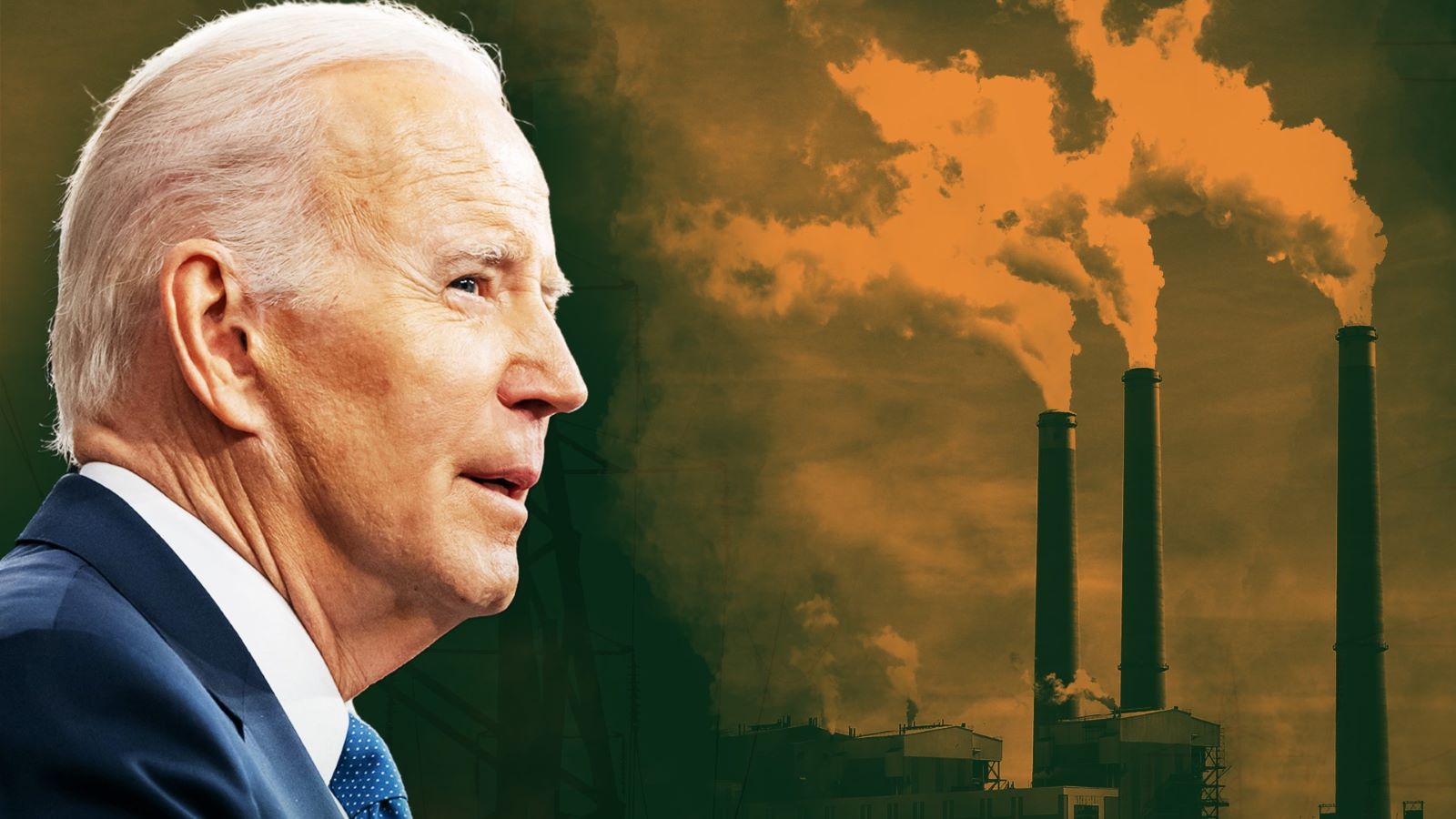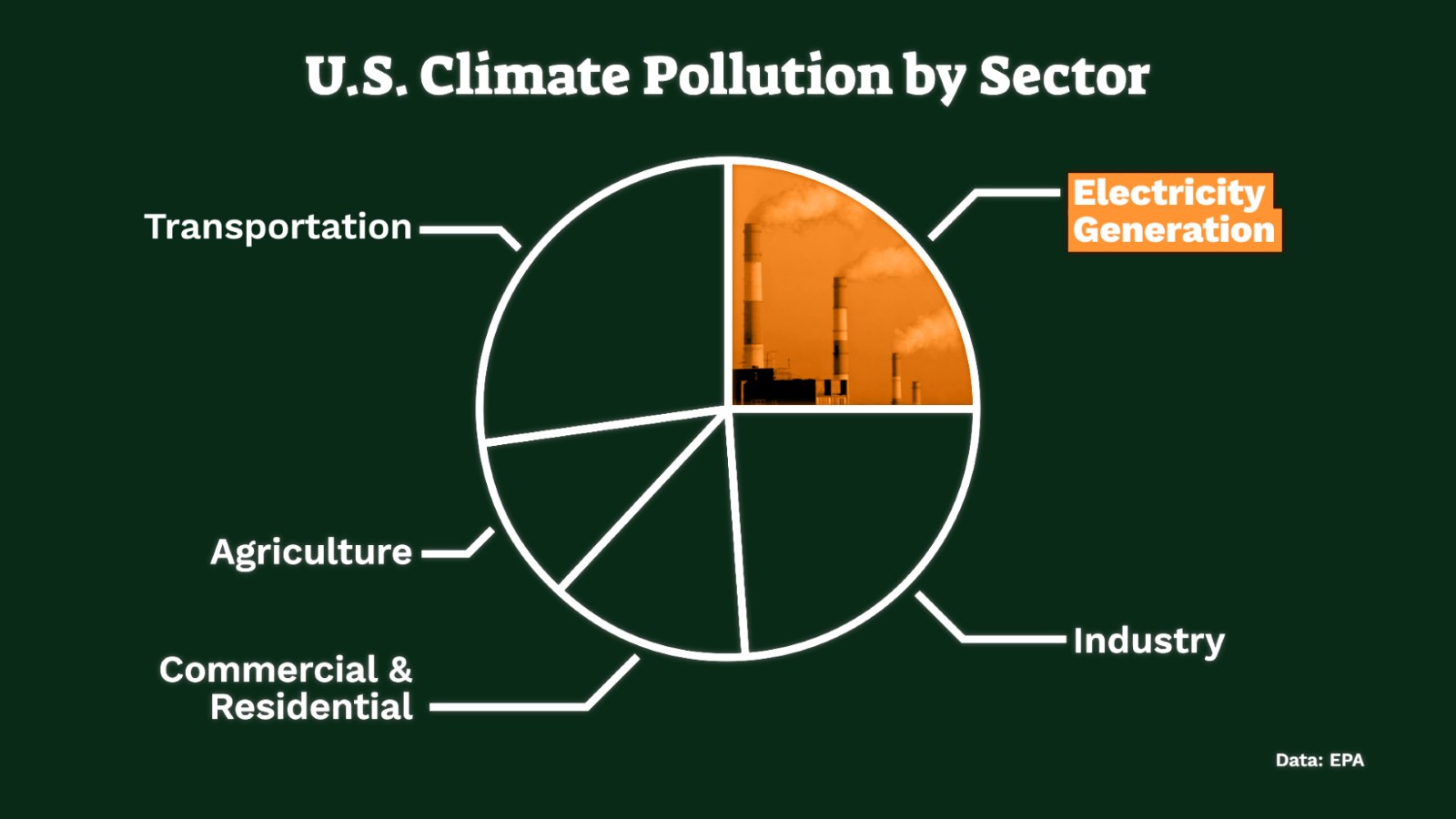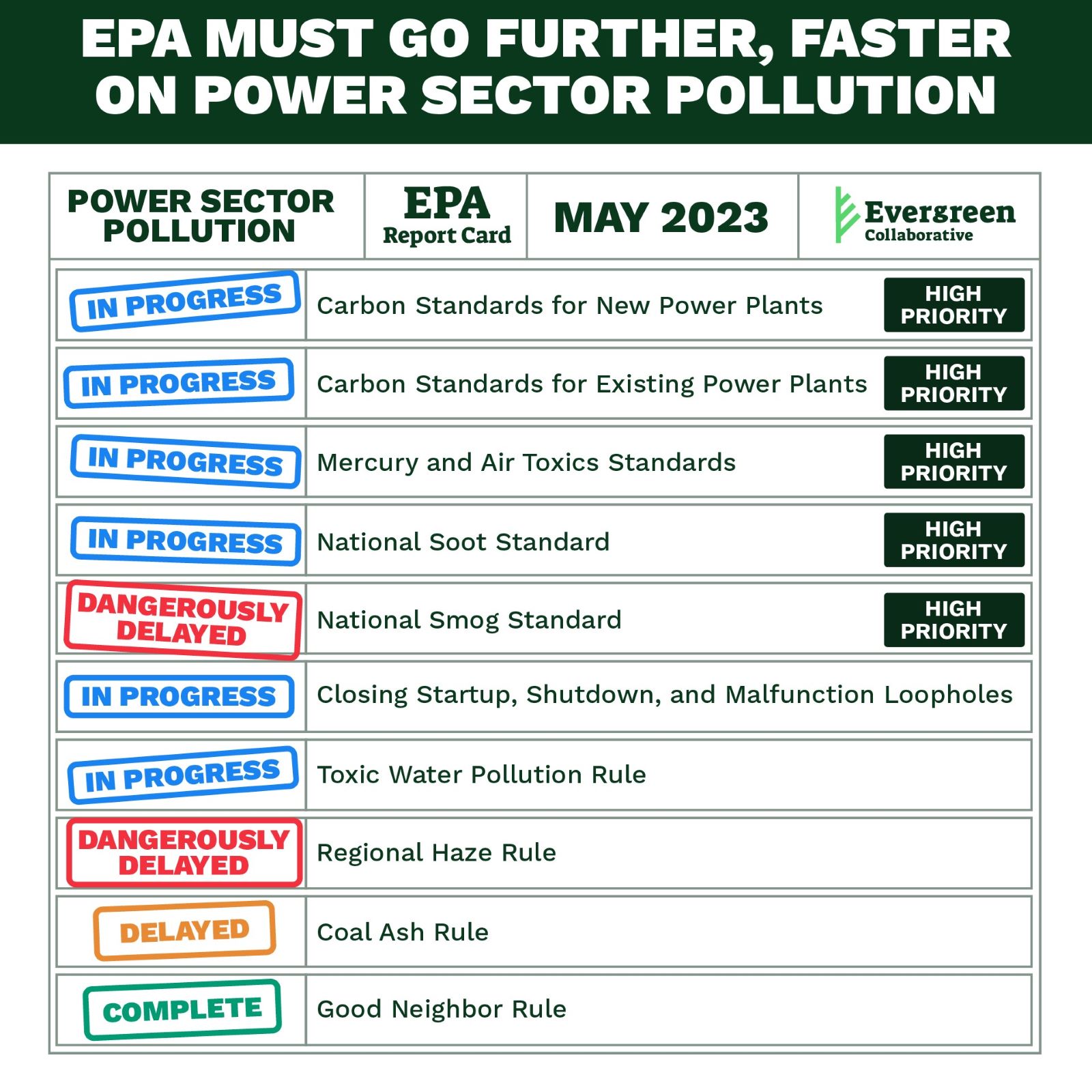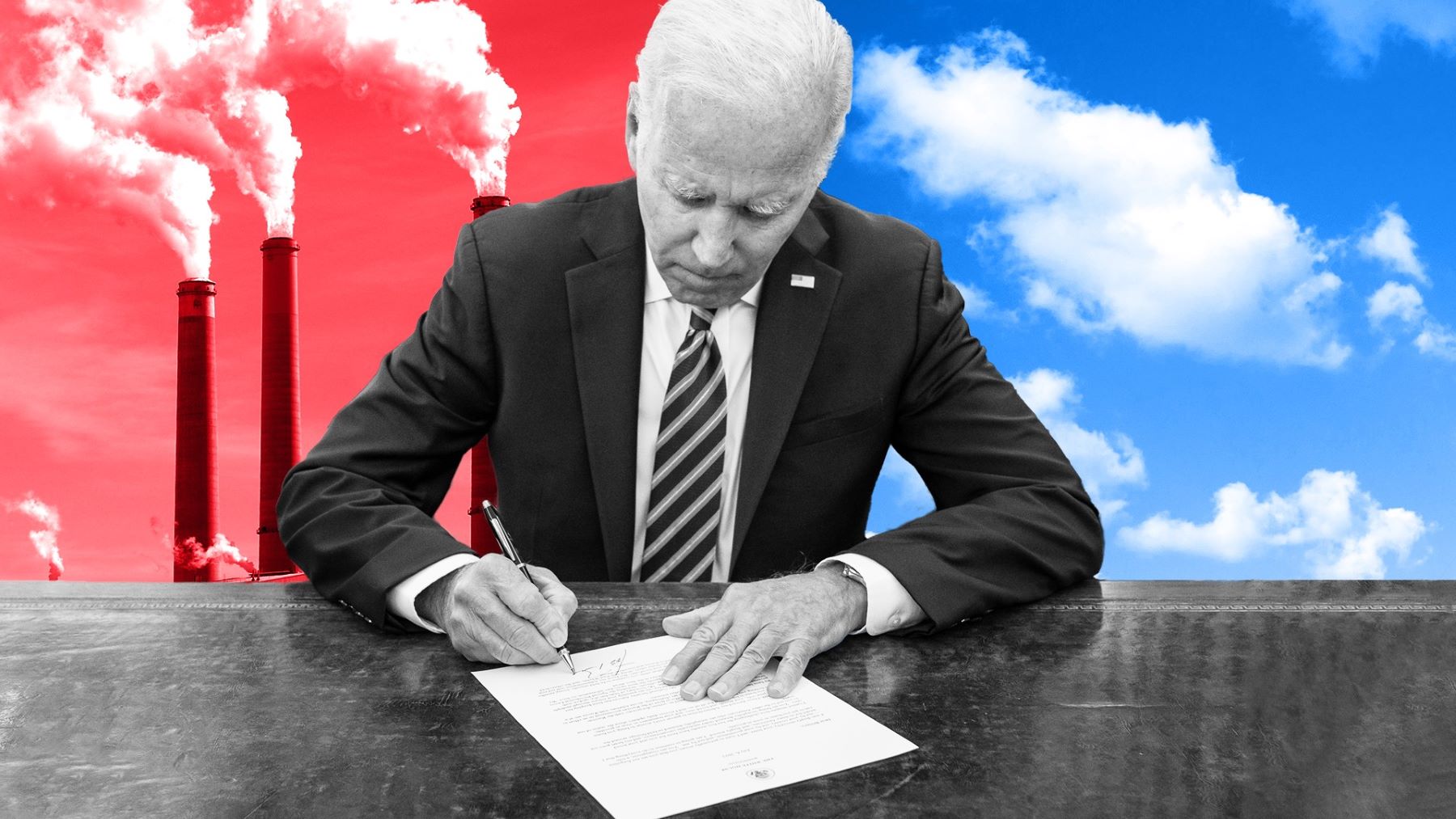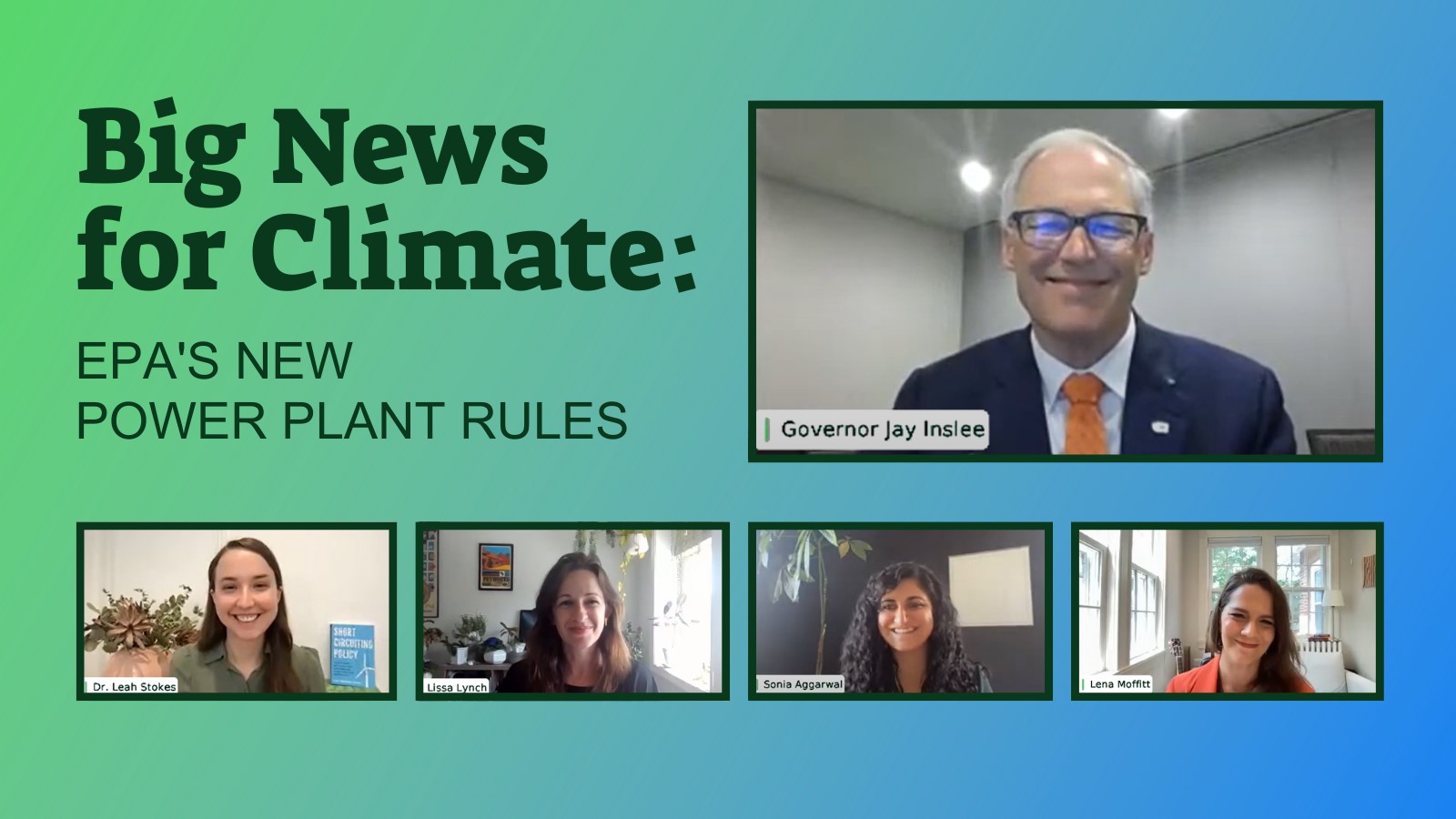These rules set specific limits on carbon pollution from these sources that utilities and states must achieve. To do so, EPA must identify a technology to base the standard on. This must be a technology that could be applied at the power plant (also known as inside the fenceline) and is “adequately demonstrated” and “cost-reasonable.” In the statute, this basis for the rules is known as the “best system of emission reduction” (BSER). For these rules, EPA has defined the BSER as carbon capture and sequestration for most sources.
These rules regulate carbon pollution from three sources: existing coal plants, existing gas plants, and new gas plants—with different requirements for each.
The rule for existing coal plants would require carbon pollution reductions of 90 percent by 2030—unless a plant commits to retire before 2040. The rule for existing gas plants covers only the largest plants that run at least half the time, requiring a 90 percent reduction in emissions by 2035 (or by 2038 if using hydrogen). EPA is taking comments on a future rule covering the majority of existing gas plants not addressed by this proposal.
For new gas plants, EPA would require baseload plants that run often to reduce their emissions 90 percent by 2035 (or 2038 if using hydrogen). For new intermediate and peaker plants that run less often, EPA is proposing less stringent standards based on partial hydrogen co-firing or energy efficiency.
It is important to note that these rules don’t require power plants to install carbon capture or any other technology—they just need to achieve the pollution reductions set out by EPA. For existing power plants, the Clean Air Act lets states determine how to achieve EPA’s pollution standards across the entire existing fleet. They will have two years after the rules are finalized to create State Implementation Plans to comply—followed by one year for EPA review and either approve or disapprove those plans. The rule for new sources creates pollution requirements that individual power plants will need to meet to receive a permit and power companies can choose to reduce pollution at the plant using other technologies or investment choices if they choose.
What comes next?
These rules represent a critical step forward in reducing carbon pollution from power plants. However, there are a few areas where the proposed rules must be strengthened.
The first area relates to compliance schedules. The proposal would not require full emissions reductions for gas plants until either 2035 or 2038, potentially allowing new gas plants to be built in the meantime with minimal abatement technology. This timeline must be tightened up before the rule is finalized. Similarly, the deadline by which a coal plant must commit to retire in order to avoid the rule's full requirements should be accelerated. The climate crisis demands urgent action, and these technologies are available now. EPA must therefore require power producers to reduce their emissions more quickly.
